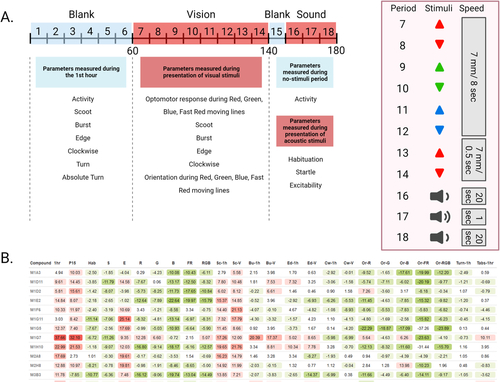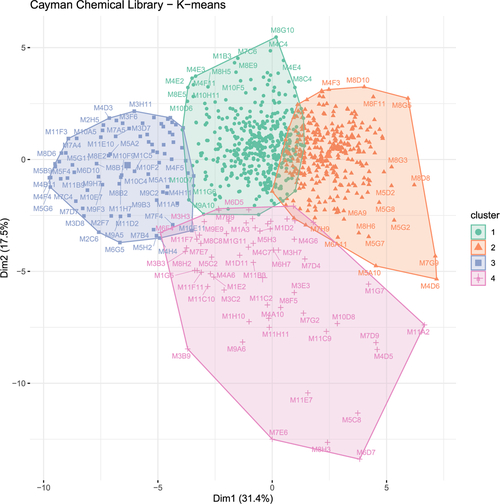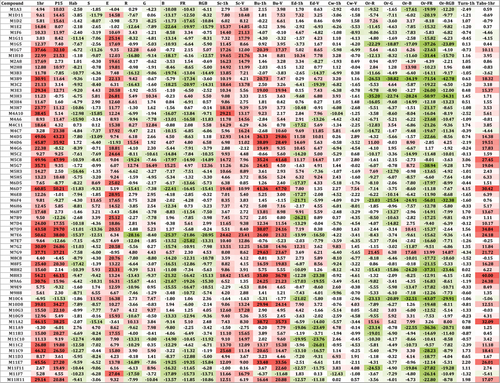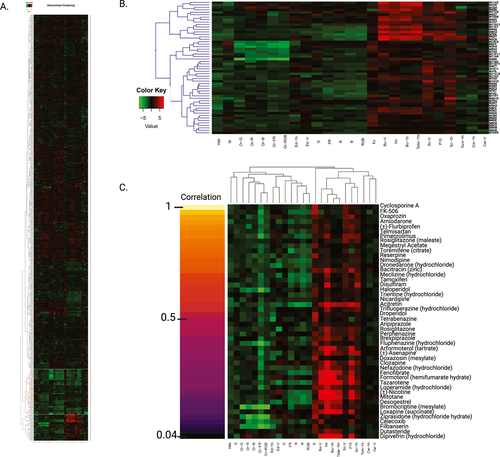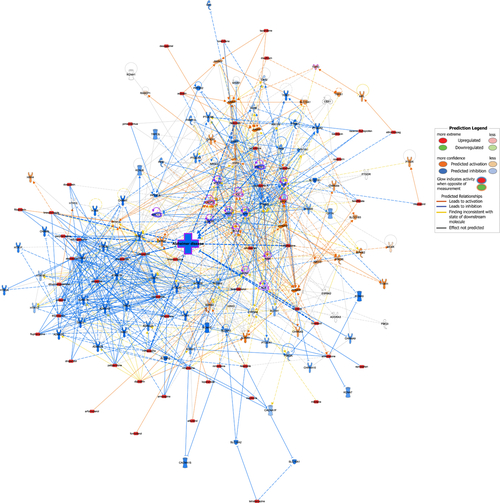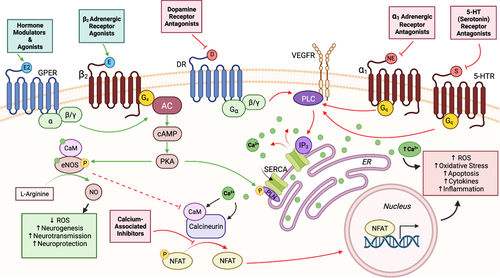- Title
-
Drug repurposing for neurodegenerative diseases using Zebrafish behavioral profiles
- Authors
- Del Rosario Hernández, T., Gore, S.V., Kreiling, J.A., Creton, R.
- Source
- Full text @ Biomed. Pharmacother.
|
Overview of 25 parameters measured during 3-hour behavioral assay. |
|
K-means cluster analysis. 876 compound treatments and DMSO controls were assigned to k = 4 clusters. Cluster 4 contains cyclosporine A and 58 compound treatments with similar behavioral profiles. |
|
Behavioral profiles of CsA-like compounds. Identified 64 compounds that induce behavioral profiles similar to CsA when administered to 5 dpf zebrafish larvae. Each behavioral profile is composed of 25 parameters measuring activity, reactivity, swimming patterns, and optomotor response. |
|
Hierarchical cluster analysis. |
|
Predominant targets and pathways perturbed by CsA-like compounds. |
|
IPA analysis showing the predicted effect of CsA-like compounds on Alzheimer’s disease Orange lines and nodes indicate predicted activation, blue lines and nodes indicate predicted inhibition, and yellow lines indicate inconsistent findings. Red nodes indicate activation through custom input using the Molecule Activity Predictor (MAP). Purple outlines indicate AD-related nodes. |
|
Potential neuroregulatory pathways affected by CsA-like compounds. We identified 5 major targets of CsA-like compounds: dopamine receptors, adrenergic receptors, calcium channels and related pathways, steroid hormones, and 5-HT receptors. These targets are involved in various processes of both Ca2+ and NO homeostasis, which have important roles in regulating neural function. Green arrows: activated pathways. Red arrows: inhibited pathways. Abbreviations: 5-HTR, Serotonin receptor; α1, alpha-1 adrenergic receptor; β2, β2 adrenergic receptor; AC, adenylyl cyclase; Ca2+, calcium; CaM, calmodulin; cAMP, cyclic adenosine monophosphate; D, dopamine; DR, dopamine receptor; E, epinephrine; E2, estradiol; eNOS, endothelial nitric oxide synthase; ER, endoplasmic reticulum; GPER, G protein-coupled estrogen receptor; IP3, inositol trisphosphate; NE, norepinephrine; NFAT, nuclear factor of activated T cells; NO, nitric oxide; PKA, protein kinase A; PLC, phospholipase C; PLN, phospholamban; ROS, reactive oxygen species; S, serotonin; SERCA, sarco/endoplasmic reticulum calcium ATPase; VEGFR, vascular endothelial growth factor receptor. |

